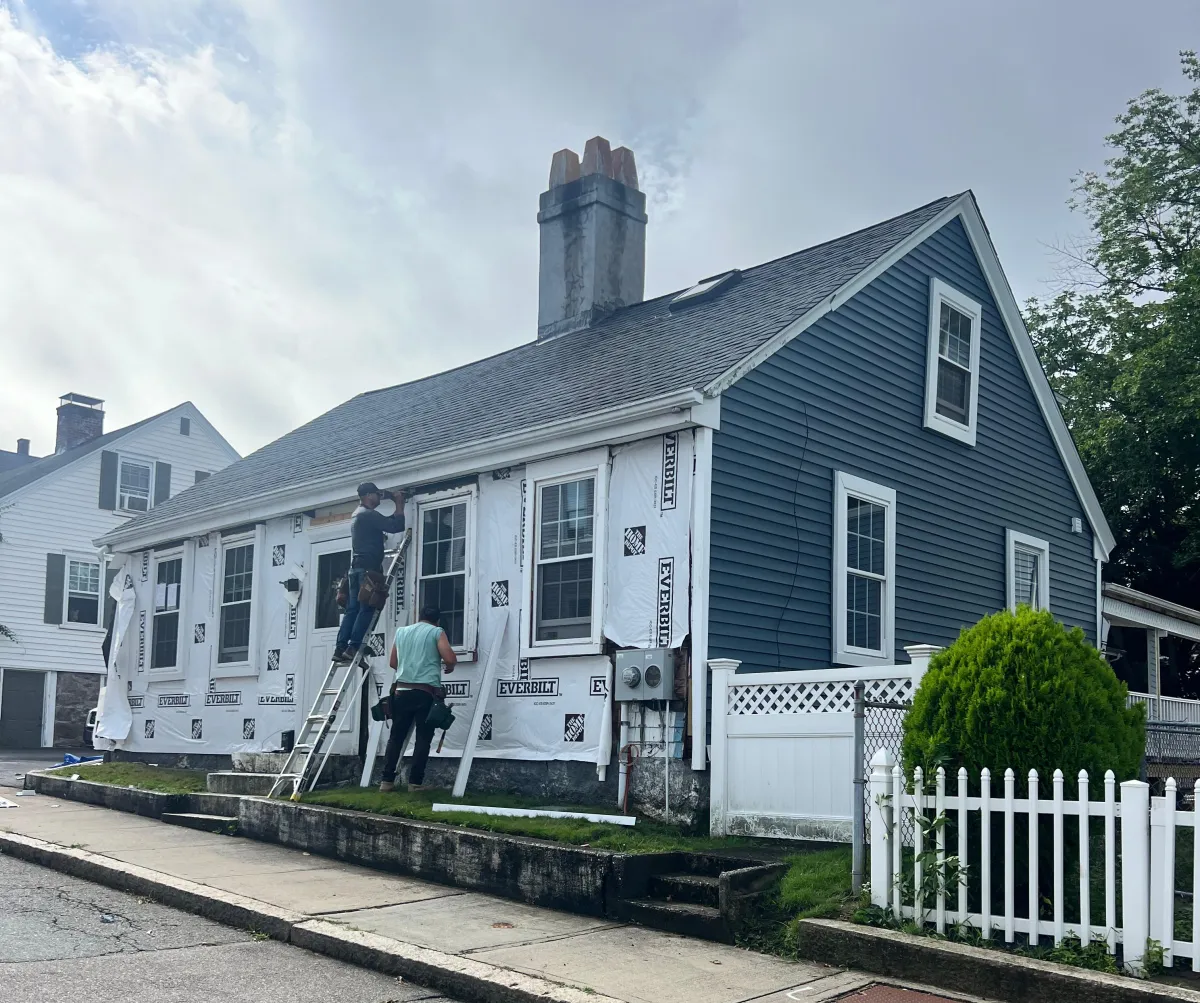
Vertical wood siding types: Styles, materials, and design ideas
Vertical wood siding is gaining popularity for both modern and rustic homes. Its distinct lines add height and visual interest, making it an excellent choice for homeowners seeking curb appeal with character. Let’s explore the most common vertical siding types, material options, and design considerations.
What is vertical wood siding?
Unlike traditional horizontal lap siding, vertical wood siding is installed with boards running vertically from top to bottom. This design offers unique architectural flair and can visually elongate smaller homes.
Popular vertical siding styles
Board and batten
Description: Wide vertical boards (boards) with narrow strips (battens) covering the seams.
Best for: Farmhouse styles, rustic cottages, and modern-rustic hybrids.
Benefits: Excellent weather resistance due to overlapping design.
Shiplap (Vertical installation)
Description: Interlocking boards that fit tightly together, usually installed horizontally but adaptable for vertical use.
Best for: Contemporary designs and clean-line aesthetics.
Benefits: Minimal gaps, sleek appearance.
Tongue-and-groove
Description: Boards interlock with a tongue on one side and a groove on the other.
Best for: Smooth, seamless wall finishes.
Benefits: Tight fit for improved insulation and moisture resistance.
Material options for vertical siding
Solid wood: Cedar, pine, and redwood are popular for durability and aesthetics.
Engineered wood: Offers the look of real wood with enhanced resistance to moisture and insects.
Other alternatives: Fiber cement, vinyl, and steel panels mimic wood appearance but with lower maintenance.
Design tips for vertical wood siding
Color choices: Natural stains highlight wood grain; bold paints offer modern impact.
Mix & match: Combine vertical siding with stone or horizontal siding for added texture.
Accents: Use vertical siding for gables, dormers, or as an accent wall.
Installation and maintenance considerations
Proper waterproofing: Vertical siding requires special attention to flashing and sealing at horizontal seams.
Repainting or restaining: Every 5–7 years for natural wood products.
Cleaning: Annual washing prevents mildew buildup.
Thinking about installing vertical wood siding? Contact Pessotti Construction today for expert advice and a free quote on your next exterior project!
